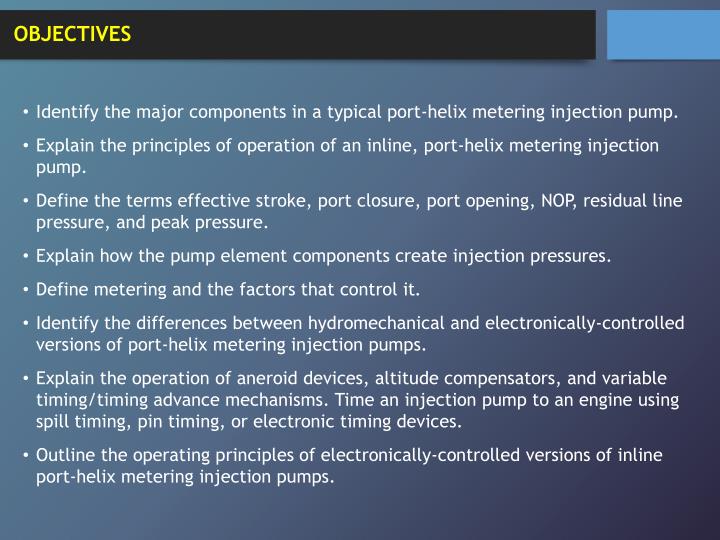


Statutory demands are often served by personal service on the debtor as the creditor needs to prove that the demand has come to the debtor’s attention. What Should I Do If I Have Been Served With a Statutory Demand? It is important for a creditor to realise that withdrawing the demand is not an admission that the debtor does not have to pay but is merely a recognition that there is a genuine dispute or triable issue for a court to decide. The costs payable by the creditor on setting aside or the granting of an injunction can range from £2,000 upwards even if, ultimately, the debt is owed. If the creditor serves a statutory demand for a disputed debt, or refuses to withdraw it if a dispute is raised after it is served, then the creditor may have to pay the debtor’s legal costs for setting aside the statutory demand against an individual or for an injunction preventing the presentation of a winding up petition by the creditor.

Failing to appreciate that a statutory demand is not supposed to be used as a debt recovery procedure can cause significant loss to a creditor if the demand is disputed. Proving insolvency is necessary if the creditor wishes to petition for the individual’s bankruptcy or the company’s winding up. Properly used, a statutory demand is a way to prove that an individual or a company cannot pay their liabilities as they fall due and are therefore cashflow insolvent. Statutory demands are not a debt recovery procedure, but they are often (mis)used as such. It signals that the creditor will begin taking action to prove the debtor insolvent unless the debt is repaid or an agreed arrangement is made to repay in installments. A statutory demand is a written warning issued by a creditor to a debtor.


 0 kommentar(er)
0 kommentar(er)
